A) Domain:
Range:
B) Domain:
Range:
C) Domain:
Range:
D) Domain:
Range:
Correct Answer

verified
Correct Answer
verified
Multiple Choice
Solve.
-Suppose that a polynomial function is used to model the data shown in the graph below. 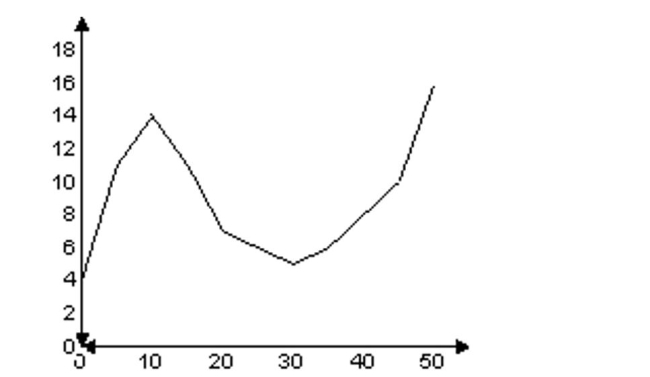 Determine the degree of the polynomial function of best fit and the sign of the leading coefficient.
Determine the degree of the polynomial function of best fit and the sign of the leading coefficient.
A) Degree 3; positive leading coefficient.
B) Degree 4; negative leading coefficient.
C) Degree 4; positive leading coefficient.
D) Degree 3; negative leading coefficient.
Correct Answer

verified
Correct Answer
verified
Multiple Choice
Use the vertex and intercepts to sketch the graph of the quadratic function.
-
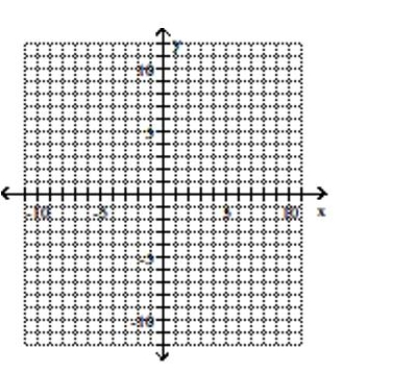
A) ![]()
B) ![]()
C) ![]()
D) ![]()
Correct Answer

verified
B
Correct Answer
verified
Multiple Choice
Find the degree of the polynomial function. -
A) 1
B) 2
C)
D) 0
Correct Answer

verified
Correct Answer
verified
Multiple Choice
Determine whether the function is a polynomial function. -
A) Yes
B) No
Correct Answer

verified
B
Correct Answer
verified
Multiple Choice
Determine the maximum possible number of turning points for the graph of the function. -
A) 3
B) 4
C) 1
D) 0
Correct Answer

verified
A
Correct Answer
verified
Multiple Choice
Determine whether the graph shown is the graph of a polynomial function.
-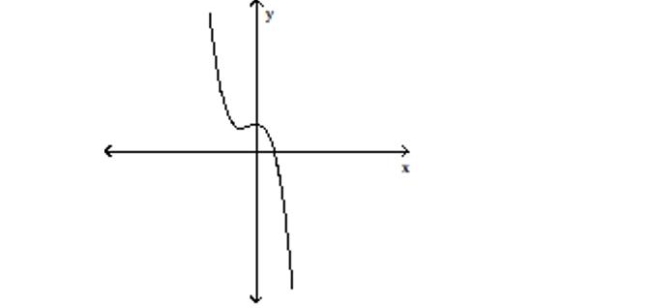
A) not a polynomial function
B) polynomial function
Correct Answer

verified
Correct Answer
verified
Multiple Choice
Use the vertex and intercepts to sketch the graph of the quadratic function.
-

A) ![]()
B) ![]()
C) ![]()
D) ![]()
Correct Answer

verified
Correct Answer
verified
Multiple Choice
Determine whether the graph of the polynomial has y-axis symmetry, origin symmetry, or neither.
-
A) y-axis symmetry
B) origin symmetry
C) neither
Correct Answer

verified
Correct Answer
verified
Multiple Choice
Find the degree of the polynomial function. -
A) 1
B) 6
C) 4
D) -2
Correct Answer

verified
Correct Answer
verified
Multiple Choice
Find the x-intercepts (if any) for the graph of the quadratic function. -
A) and
B) and
C) and
D) and
Correct Answer

verified
Correct Answer
verified
Multiple Choice
Find the zeros of the polynomial function -
A)
B)
C) ,
D)
Correct Answer

verified
Correct Answer
verified
Multiple Choice
Determine whether the function is a polynomial function. -
A) No
B) Yes
Correct Answer

verified
Correct Answer
verified
Multiple Choice
Solve.
-Suppose that a polynomial function is used to model the data shown in the graph below. 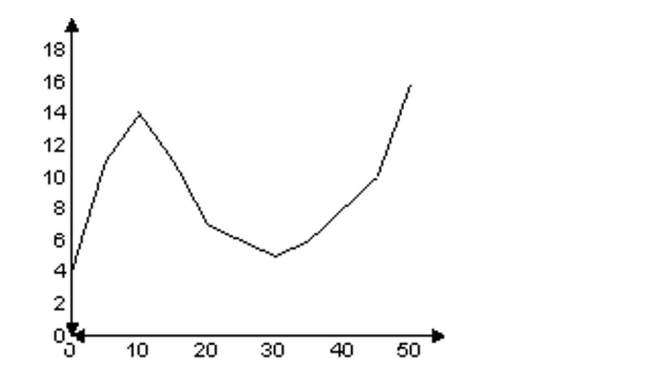 For what intervals is the function increasing?
For what intervals is the function increasing?
A) 0 through 20 and 30 through 50
B) 0 through 50
C) 0 through 10 and 40 through 50
D) 0 through 10 and 30 through 50
Correct Answer

verified
Correct Answer
verified
Multiple Choice
Solve.
-Suppose that a polynomial function is used to model the data shown in the graph below. 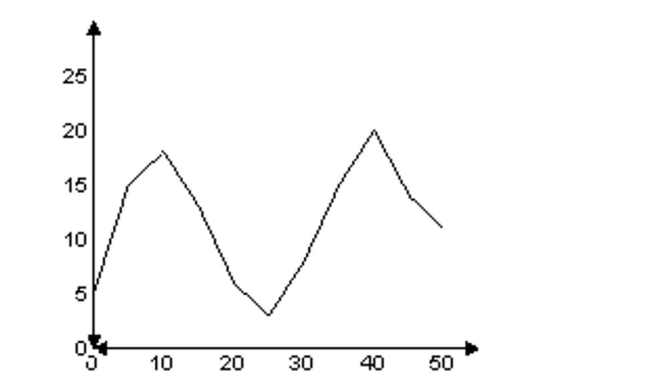 For what intervals is the function decreasing?
For what intervals is the function decreasing?
A) 10 through 50
B) 0 through 10 and 25 through 40
C) 10 through 25 and 40 through 50
D) 10 through 25 and 40 through 45
Correct Answer

verified
Correct Answer
verified
Multiple Choice
Determine whether the function is a polynomial function. -
A) Yes
B) No
Correct Answer

verified
Correct Answer
verified
Multiple Choice
Use the Leading Coefficient Test to determine the end behavior of the polynomial function. -
A) falls to the left and rises to the right
B) falls to the left and falls to the right
C) rises to the left and falls to the right
D) rises to the left and rises to the right
Correct Answer

verified
Correct Answer
verified
Multiple Choice
Determine whether the graph shown is the graph of a polynomial function.
-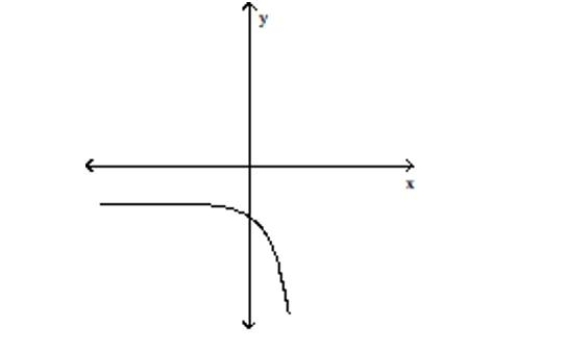
A) polynomial function
B) not a polynomial function
Correct Answer

verified
Correct Answer
verified
Multiple Choice
The graph of a quadratic function is given. Determine the function's equation.
-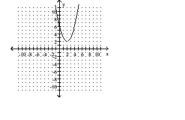
A)
B)
C)
D)
Correct Answer

verified
Correct Answer
verified
Multiple Choice
Find the x-intercepts (if any) for the graph of the quadratic function. -
A) and
B) and
C) and
D) and
Correct Answer

verified
Correct Answer
verified
Showing 1 - 20 of 224